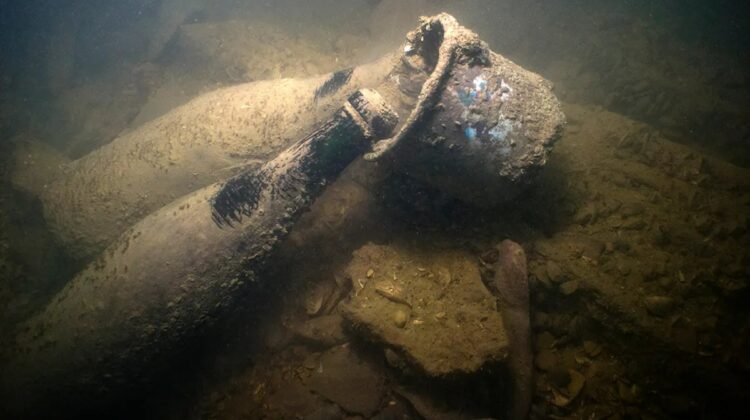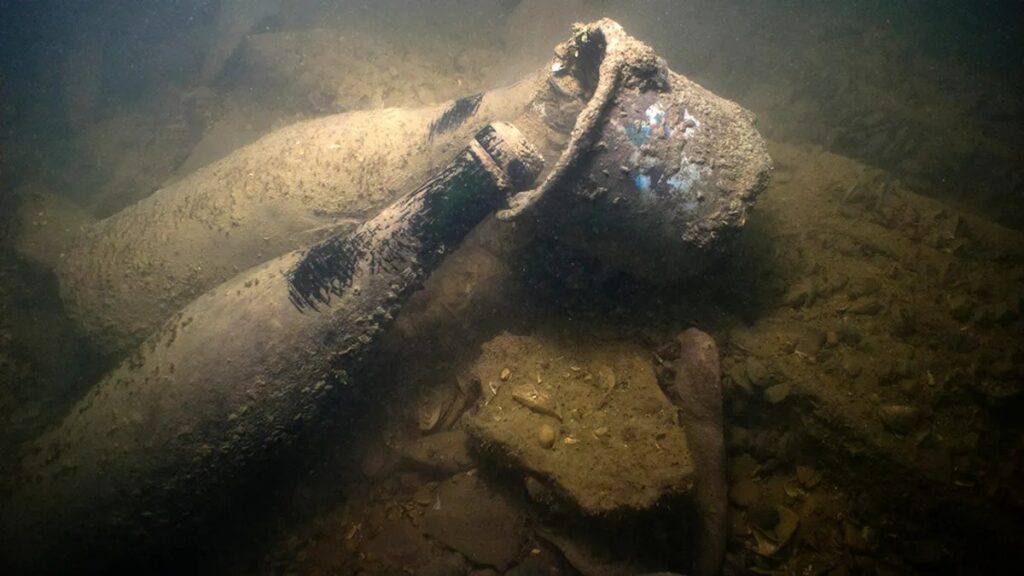
The recent implosion of the Titan submersible during an expedition to explore the Titanic wreck has sparked numerous inquiries into implosions and their mechanics. Among the questions raised is the curious case of champagne bottles discovered on the Titanic, remarkably intact despite the immense depths at which they were found.
One might recall the tragic fate of the Titan submersible, which succumbed to implosion as it ventured towards the Titanic wreckage in June 2023. Despite its robust titanium construction, the Titan met its demise under the crushing pressure of the ocean depths. This event prompted many to ponder: if the Titan imploded, why didn’t the Titanic itself suffer the same fate, and furthermore, why did champagne bottles on board remain unscathed?

The phenomenon of implosions stems from the disparity between internal and external pressures, causing objects to collapse inwardly. Whether it be the hull of a submarine or the walls of a tank, when the external pressure surpasses the object’s structural integrity, implosion occurs, equalizing the pressure differential.
Implosions aren’t confined to the depths of the ocean; they can manifest at the surface, induced by creating a vacuum within an object. However, there exists no exemption for objects such as bottles or the Titanic itself. Indeed, parts of the Titanic did implode, but sections that remained intact did so because the air within had been released, establishing equilibrium between internal and external pressures, thus averting implosion.

But how did the champagne bottles defy implosion? One plausible explanation lies in the elevated pressure within the bottles, attributed to the carbon dioxide content. Champagne bottles typically withstand pressures of up to 6 bar (90 psi), with modern variants engineered to endure even higher pressures. This inherent pressure shielded the bottles from implosion during their descent into the abyss.
Remarkably, instances of well-preserved champagne bottles have been recovered from depths of 50 meters (164 feet), testament to their resilience. As the bottles sank deeper, the pressure differentials diminished until a critical depth of around 60 meters (197 feet), where the internal pressure equaled approximately 6 bar (90 psi). Beyond this depth, the pressure differentials escalated exponentially. Nevertheless, the Titanic rests at a staggering depth of 3,800 meters (12,500 feet), subjected to pressures nearing 381 bar (5,532 psi), far beyond the capacity of 19th-century glass manufacturers.
Yet, the mystery of the unimpaired champagne bottles persists. Even if the glass were exceptionally robust, the cork would succumb to the pressure differential before reaching such depths. The answer likely lies in water ingress into the bottles, equalizing the internal and external pressures. The compromised seals, corroded over decades beneath the ocean’s embrace, facilitated this pressure equalization, ensuring the bottles’ preservation.
In conclusion, while the Titan submersible met a tragic fate of implosion, the champagne bottles on the Titanic defied a similar demise, owing to their inherent pressure and the gradual equalization facilitated by water ingress. These preserved artifacts not only offer insights into the ocean’s depths but also serve as poignant reminders of a bygone era.

Leave a Reply